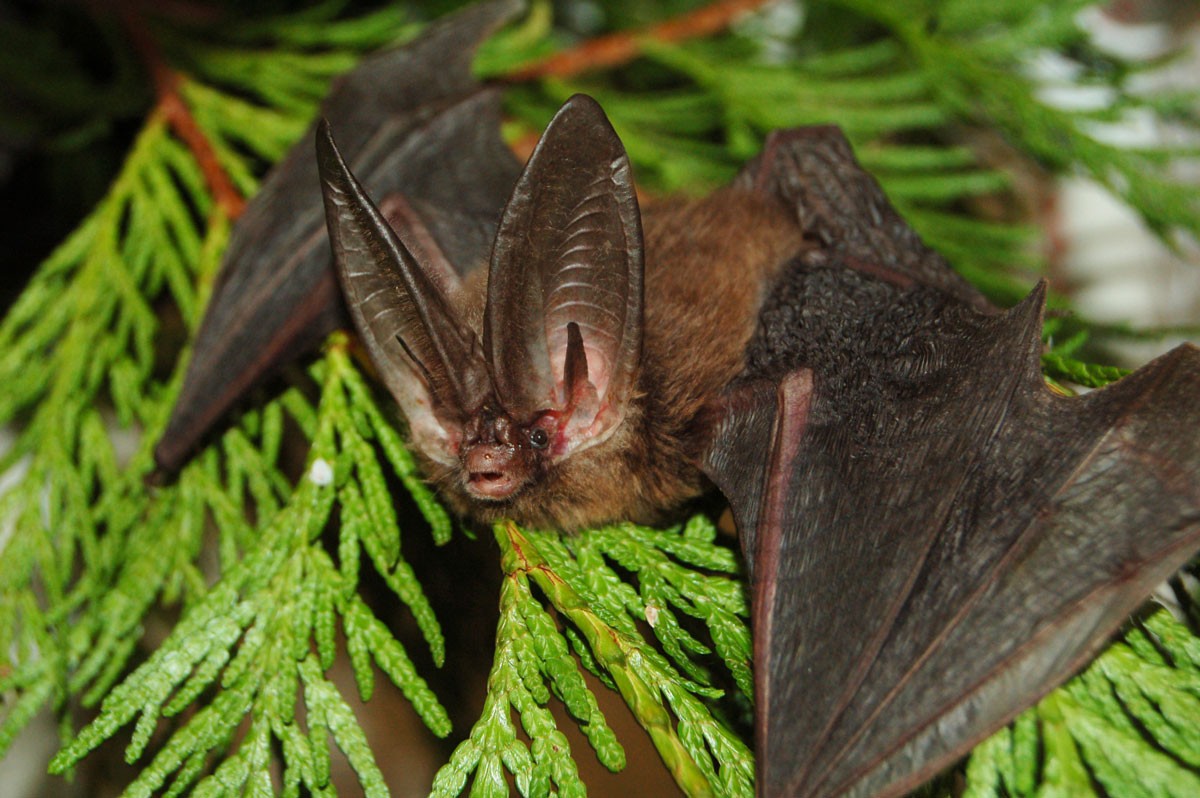Many thanks to the Habitat Acquisition Trust for providing this update on the Community Bat Project!
Victoria, BC – November 2, 2017.
During annual bat counts, Habitat Acquisition Trust volunteers and Bat Habitat Stewards collect guano samples from beneath the bat roosts. That’s a polite way of saying, we collect bat poop.
Not to whisk away to fertilize gardens and restoration sites, but in the name of citizen science. The guano collected gets sent off for genetic analysis, to determine the species of bats living at each roost. We can’t tell what bats are living in a colony when they whoosh out of their homes at night and we don’t want to disturb the bats by physically capturing them. So this provides a safe means of understanding who’s roosting where.
This genetic analysis, coupled with listening devices that interpret bat calls called Echometers is allowing HAT to build a more comprehensive understanding of bat populations. On their own, Echometers are most useful for sites where there isn’t easy access to collect guano. Since the listening devices can pick up bats roosting in nearby trees, and since the device sometimes narrows the calls down to several different species.
Some of the bat colonies HAT’s team of dedicated Bat Counters monitor are home to multiple different species. At a particular site there are Yuma and Little Brown Bats living in the same roost. Perhaps we could learn from our little bat friends about coexistence too!
From the 2016 field season, the BC Community Bat Program sent away 151 guano samples from across BC for analysis. 135 of the samples successfully yielded DNA for analysis. 80 of the 135 samples were Little Brown Myotis bats. The rest of the samples belonged to Yuma Myotis (21 samples), Big-brown Bat (16 samples), California Myotis (2 samples), Long-legged Myotis (5 samples), Long-eared Myotis (7 samples), and Silver-haired Bats (1 sample). Amongst the bat DNA, deer mouse and red squirrel were also found.
Of the 11 sites where HAT volunteers and bat stewards were able to collect guano the results were:
- 5 Little Brown Bat colonies
- 1 Yuma Bat colony
- 2 Big Brown Bats
- 1 California Myotis
- 1 Western Long-eared Myotis
- 1 Long-legged Myotis
Each of these species have different characteristics as part of their roles and adaptations to their surroundings. Even though telling bats apart without genetic analysis can be a real challenge, even for experts.
Facts about these BC Bat species:
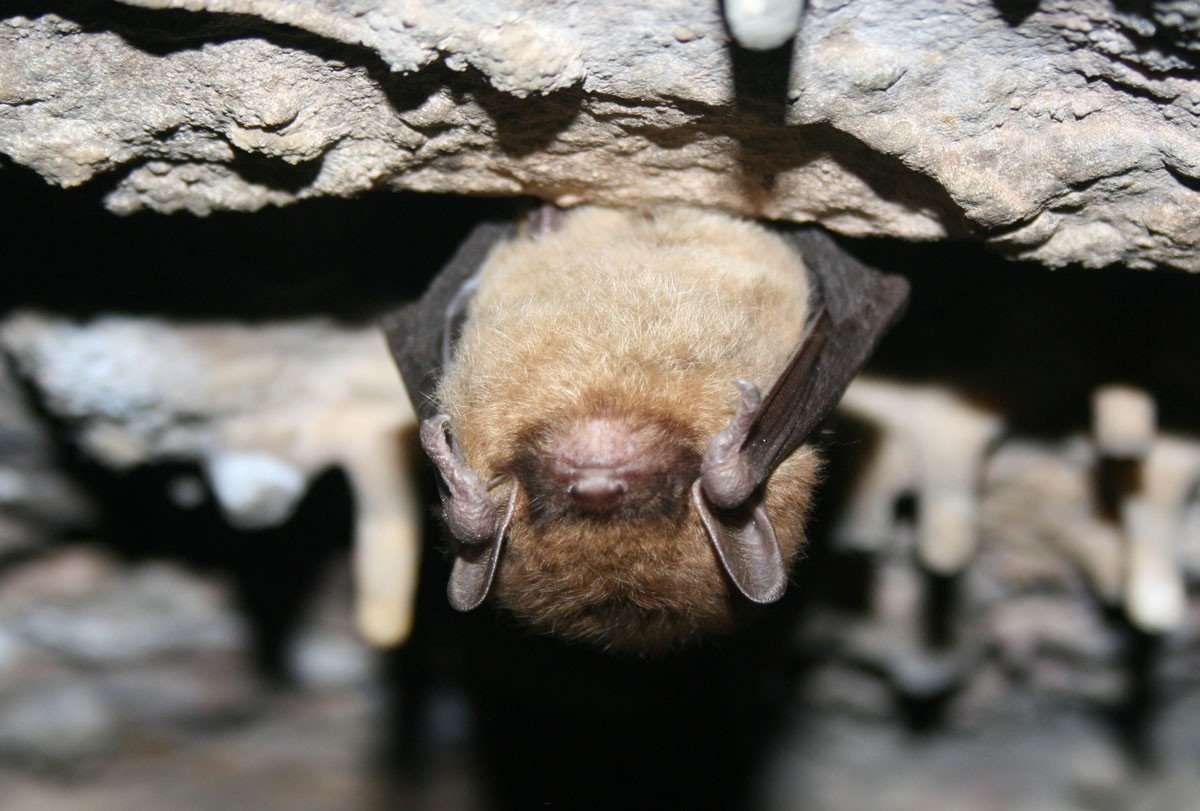 | Little Brown Bats Myotis lucifugus | Little Brown Bats primarily feed on tiny insects, without hard shells like midges, caddisflies, and moths. They do their foraging over calm waters like lakes and ponds. |
 | Yuma Myotis Myotis yumanensis | In May 2017, the deadly White-nose Syndrome was detected in this species, the second recorded case of the fungal disease in Washington State. Currently, eight species of bats have been discovered affected by the disease. Yuma Myotis maternity colonies, where females gather together to raise pups, have been documented to have over 1,000 individuals in some places in BC. |
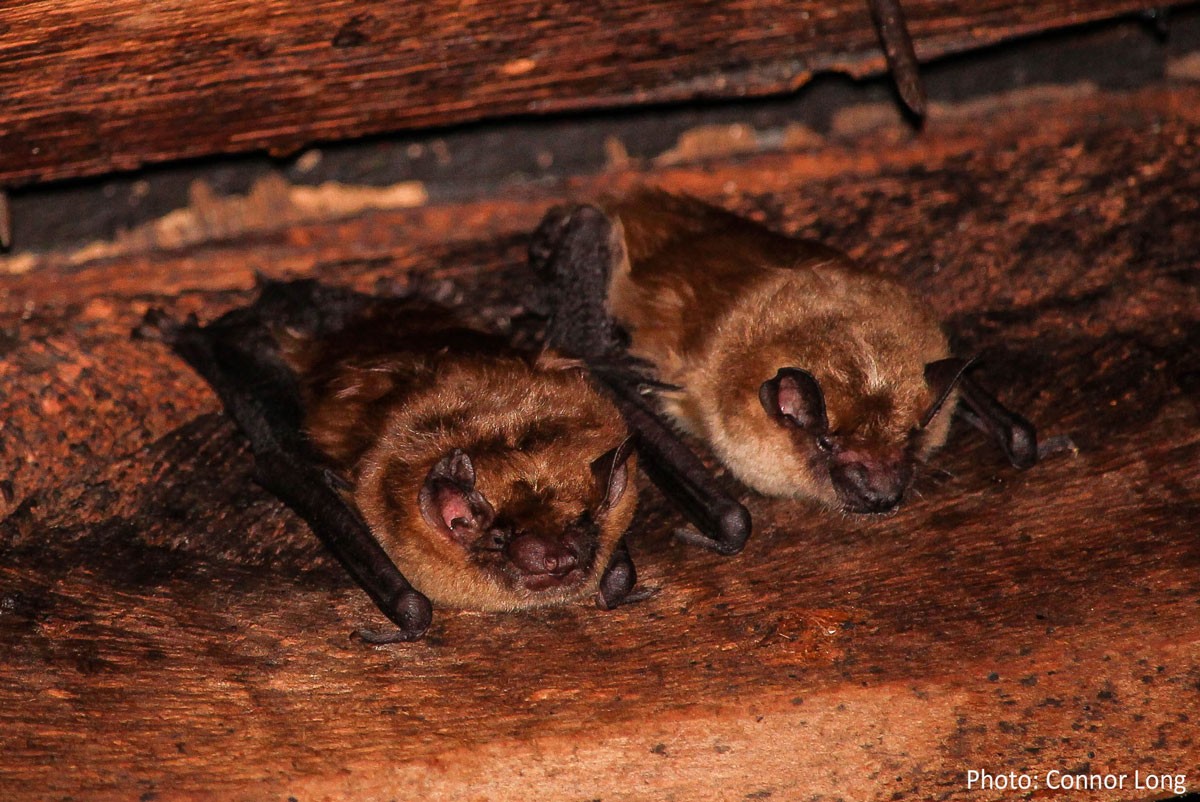 | Big Brown Bats Eptesicus fuscus | Big Brown Bats forage mainly above fields, trees, water, and open spaces. They focus their feeding efforts on moths, beetles, termites, caddisflies, lacewings, carpenter ants, and midges. |
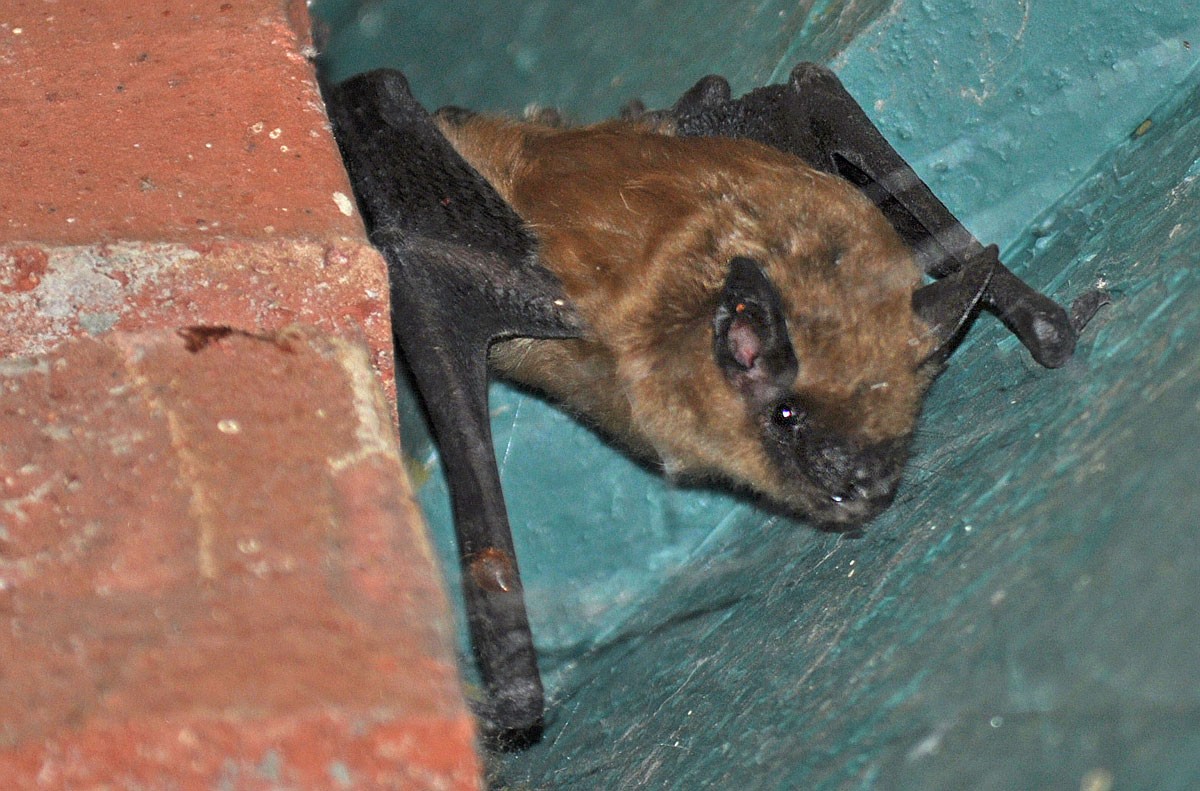 | California Myotis Myotis californicus | California Myotis are one of the smallest bat species in BC. Their maternity colonies for pup-rearing mothers are small and usually only have about 20 individuals. |
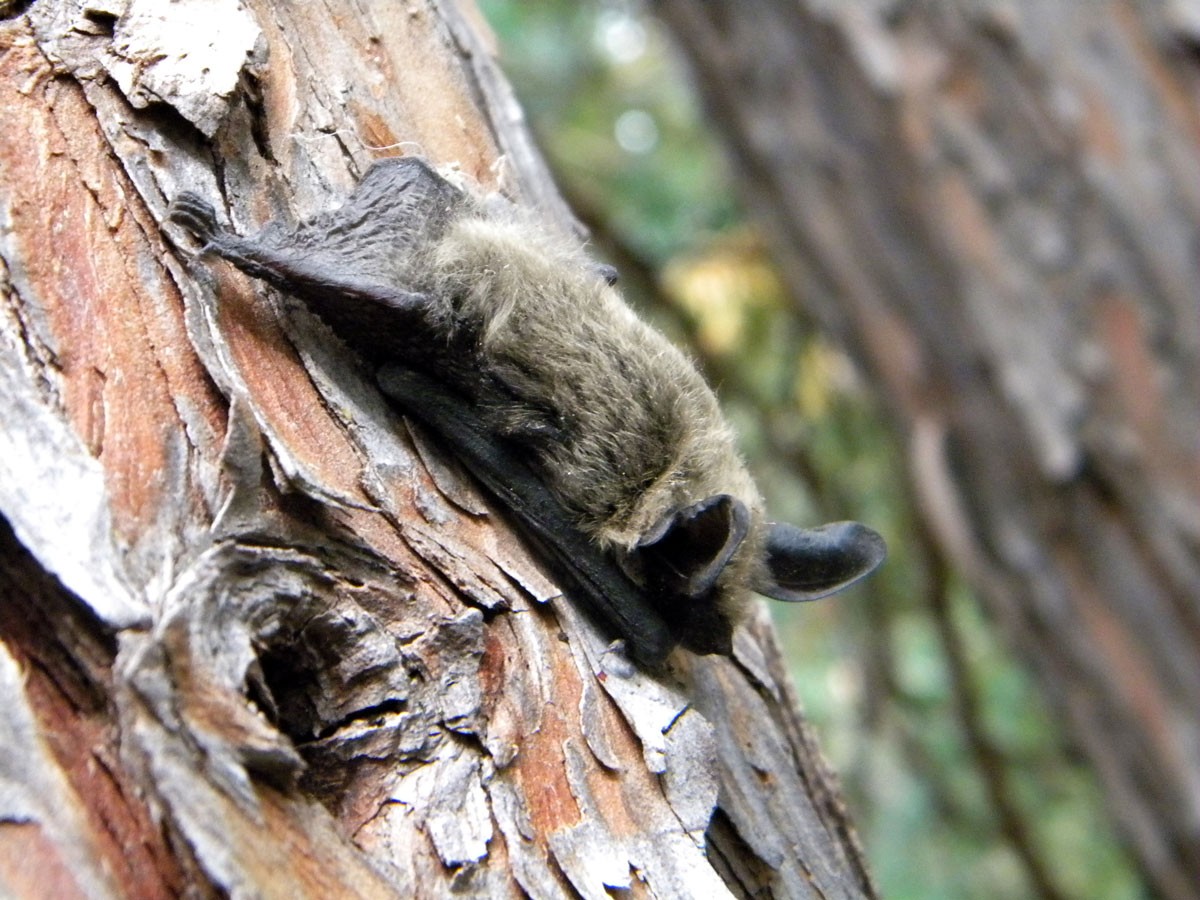 | Long-eared Myotis Bats Myotis evotis | Long-eared Myotis Bats have been recorded hibernating in caves and mines in the Western United States, and there is a record of one found in a garage in Oregon during December. So keep an eye out for these little guys during the winter, so we might better understand their cold-weather habits. They feed both by catching bugs in flight or by picking bugs off the ground and trees. |
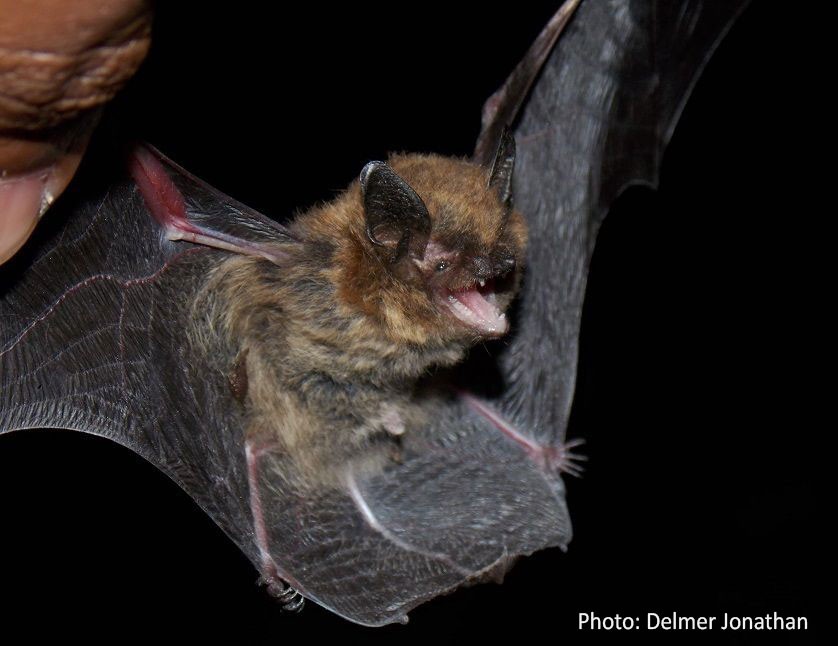 | Long-legged Myotis Bats Myotis volans | Long-legged Myotis Bats are active all night long, even when it’s cold outside. They are more tolerant of lower temperatures than other bats. |
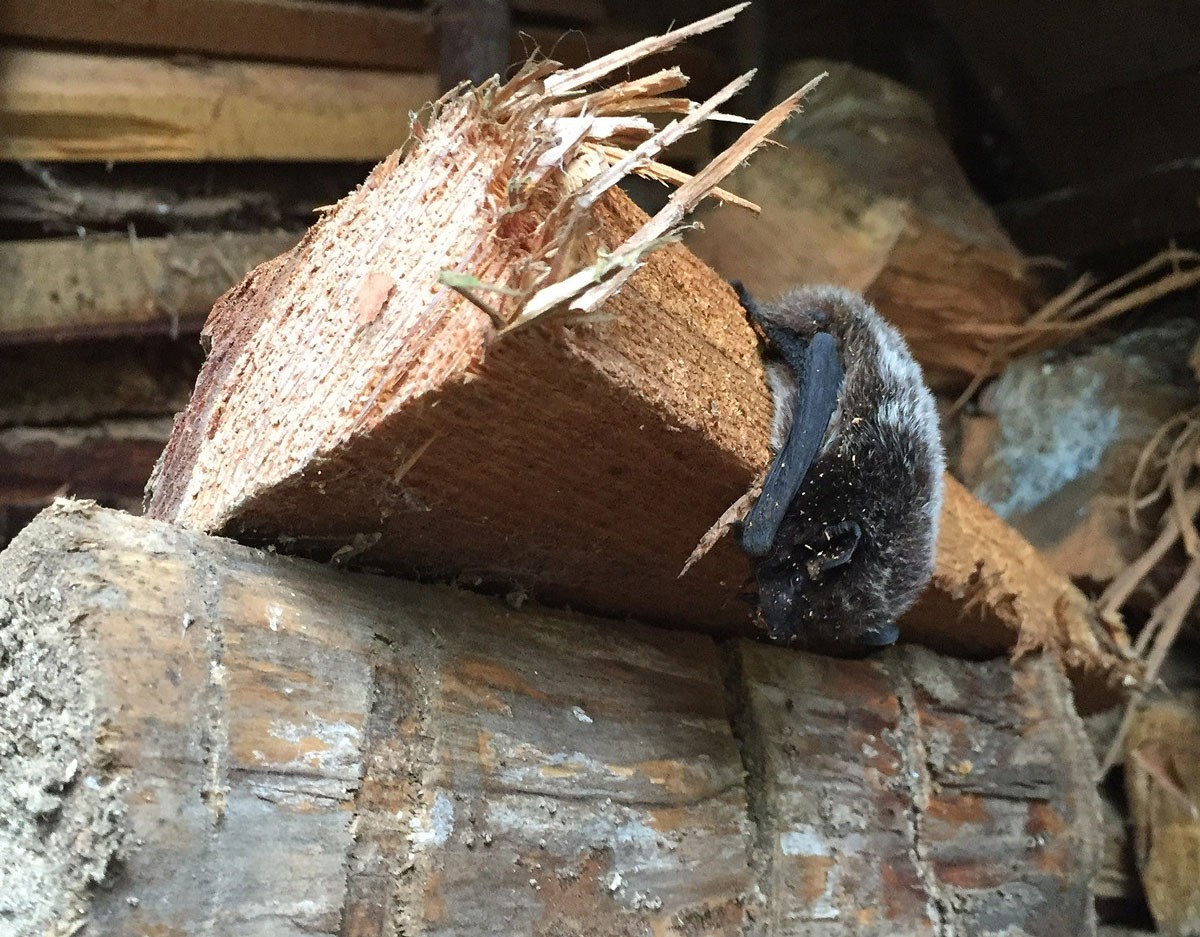 | Silver Haired Bats Lasionycteris noctivagans | Silver Haired Bats are solitary tree roosters that make their homes in forests and grasslands in logs, beneath bark, and in abandoned woodpecker holes. |
If you see bats roosting over winter we would like to hear you reports at bat@hat.bc.ca , so we can better understand the winter-time habits of bats on South Vancouver Island and the Gulf Islands.
Habitat Acquisition Trust’s Community Bat Program is funded by LUSH, MEC, the Habitat Conservation Trust Foundation (HCTF), and people like you. If you would like to support the Community Bat Program’s continued work with these incredible animals, please donate online today at http://hat.bc.ca/bats or call 250-995-2428.


